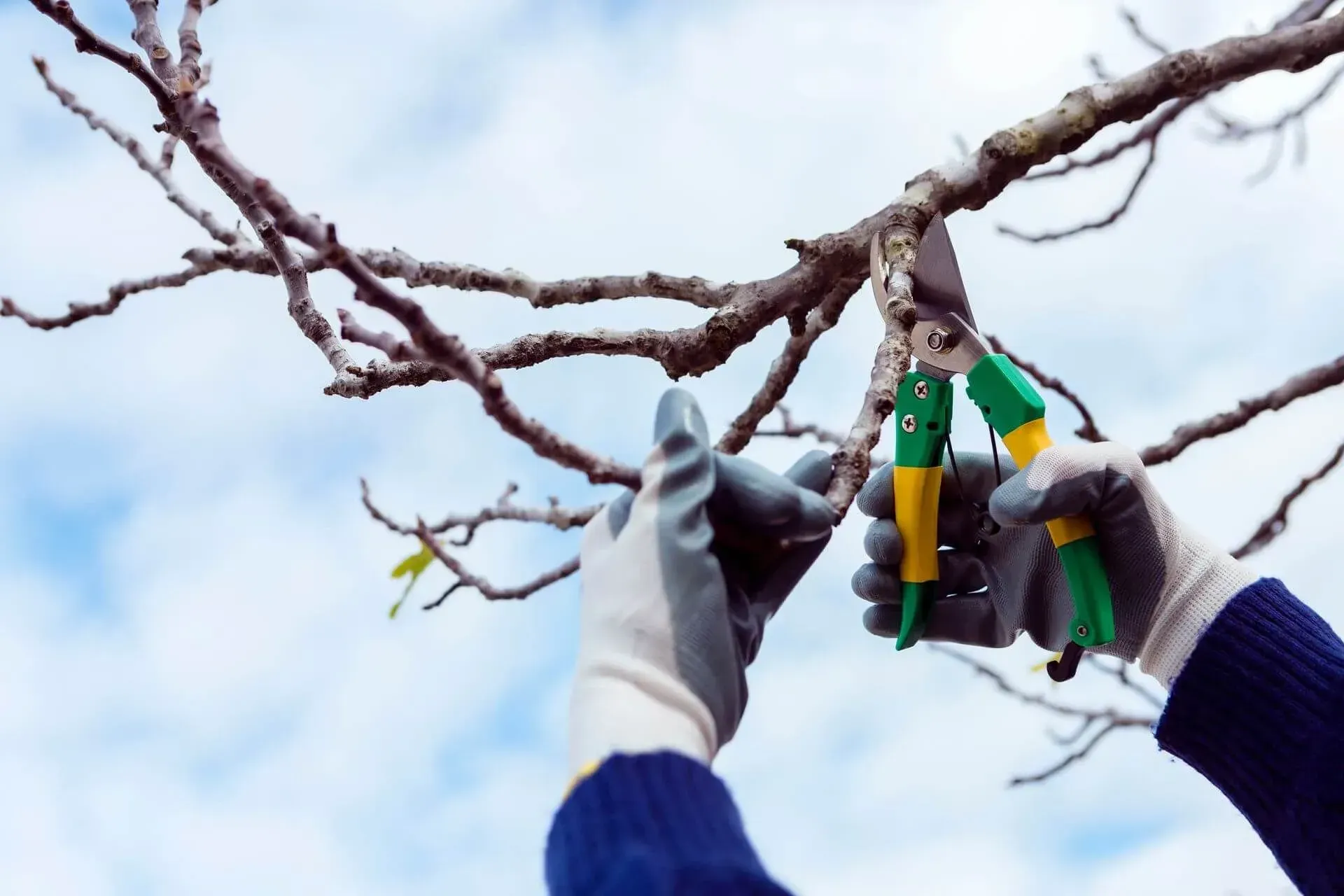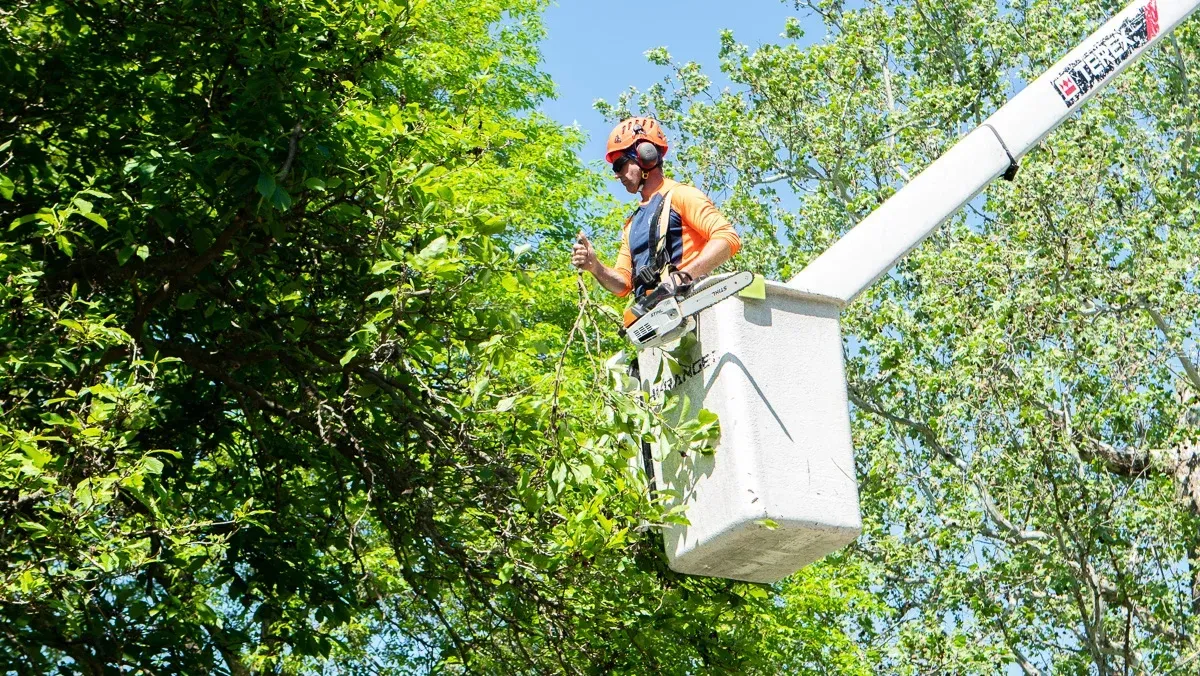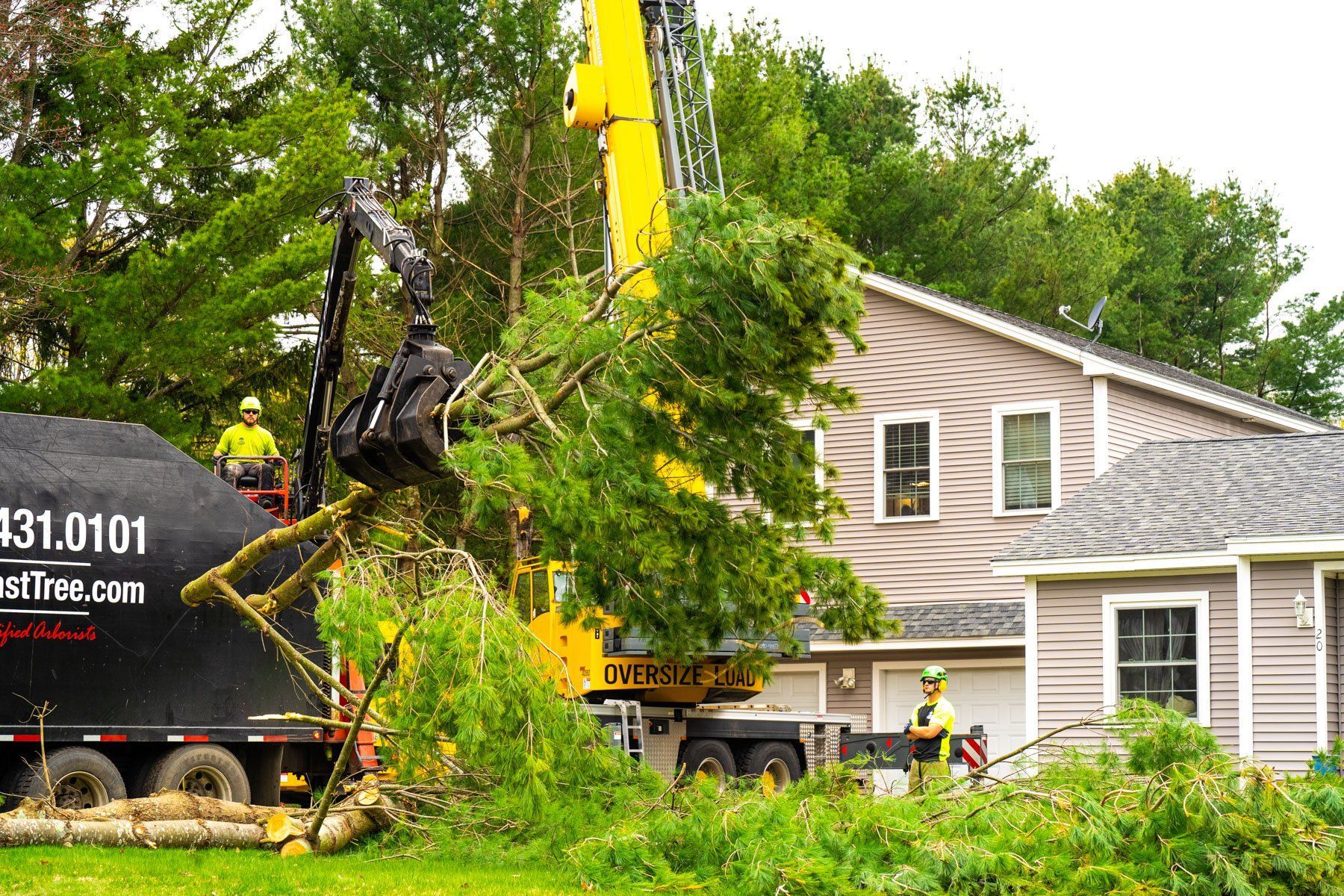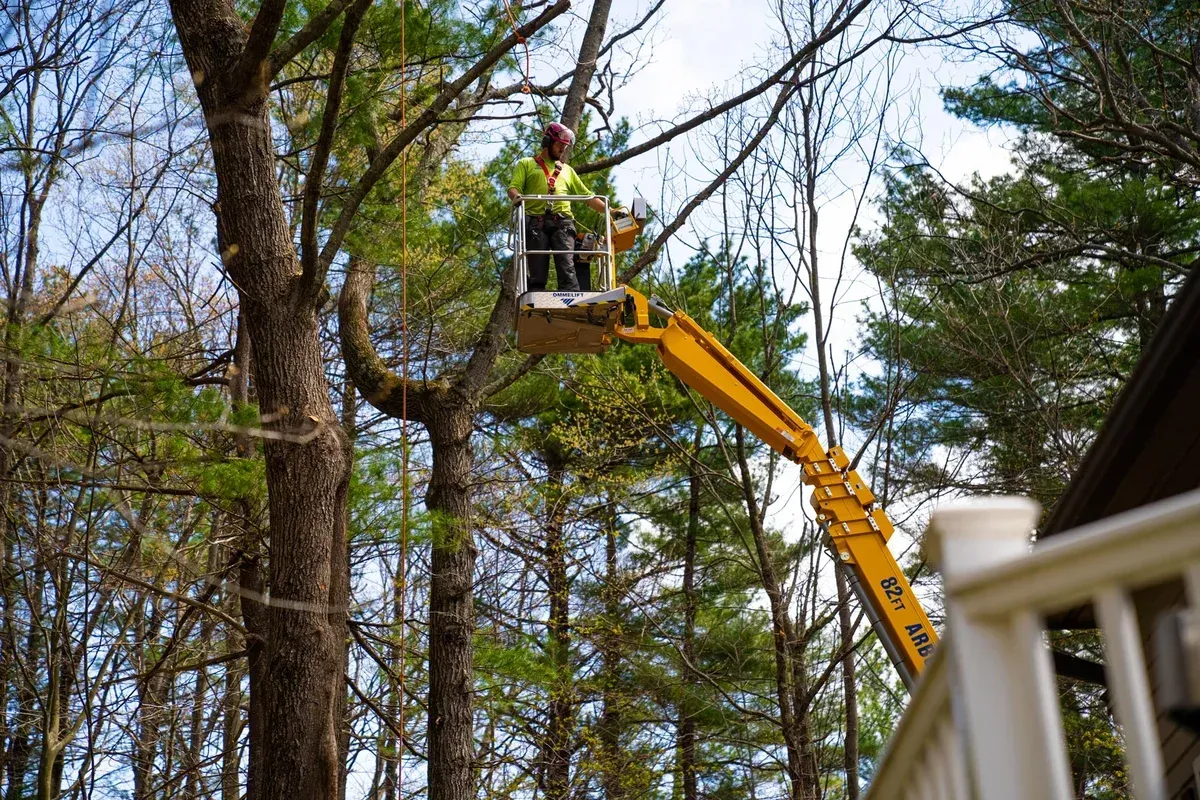The Art of Tree Pruning: How to Shape Your Trees for Beauty and Health

Imagine your favorite large tree in your yard, standing tall and proud, its branches swaying gently in the breeze. It's like a work of art, a masterpiece of nature. But like any masterpiece, it needs care and attention to maintain its beauty and health. That's where tree pruning comes in – the artful practice of shaping trees to enhance their aesthetics and well-being. In this blog post, we'll explore the world of tree pruning and learn how to make your trees thrive.
The Basics of Tree Pruning
Before we dive into the nitty-gritty of pruning, let's get to know the basics. Tree pruning is the selective removal of branches or parts of a tree to improve its structure, appearance, or health. It's like giving your tree a spa day, where you pamper it to help it look and feel its best.
When to Prune
The timing of your pruning endeavors is crucial. Typically, the best time to prune deciduous trees (those that lose their leaves) is during late winter or early spring, when the tree is dormant. For evergreen trees, you can prune them in late winter or early spring, but also during late summer.
Why Prune
Pruning serves various purposes:
- Health: Removing dead or diseased branches can prevent the spread of diseases and encourage healthy growth.
- Safety: Eliminating hazardous branches that might fall during a storm or due to decay ensures the safety of your property and its inhabitants.
- Aesthetics: Pruning can enhance the shape and beauty of your tree, making it a focal point in your landscape.
- Airflow and Light: Proper pruning can improve airflow and sunlight penetration, benefiting both the tree and the plants beneath it.
Pruning Techniques
Now, let's talk about the artful techniques of tree pruning.
1. Cleaning
Cleaning involves the removal of dead, dying, or diseased branches. These branches not only look unsightly but also pose a threat to the overall health of your tree. By removing them, you allow the tree to redirect its resources to healthier parts.
2. Thinning
Thinning is the selective removal of branches to reduce density. This technique improves light and airflow within the canopy, reducing the risk of disease and encouraging even growth. It's like giving your tree a breath of fresh air.
3. Raising
Raising is all about creating vertical clearance by removing lower branches. This is particularly useful for trees near buildings, walkways, or roads. It helps prevent accidents and allows more light to reach the ground below.
4. Reduction
Reduction involves reducing the size of a tree while maintaining its natural shape. This is often done to address issues like overgrowth near power lines or to balance the tree's canopy. It's like giving your tree a stylish haircut.
5. Shaping
Shaping is the most artistic form of pruning. It's about enhancing the natural form of the tree. Shaping can turn a wild, unruly tree into a stunning centerpiece of your landscape.
Tools of the Trade
Before you embark on your tree pruning adventure, make sure you have the right tools. Here are some essentials:
- Pruning Shears: Perfect for small branches and precision work.
- Loppers: These are like the big brothers of pruning shears, capable of handling larger branches.
- Pruning Saws: For those thicker branches that loppers can't handle.
- Pole Pruners: Ideal for high branches that are out of reach.
- Safety Gear: Don't forget gloves, safety glasses, and a helmet if you're working with larger branches or trees.
The Pruning Process
Now that you're armed with knowledge and tools, let's get down to business. Here's a step-by-step guide to pruning your trees like a pro:
1. Inspect Your Tree
Take a good look at your tree. Identify any dead, diseased, or crossing branches that need to go. Plan your pruning strategy.
2. Start with Dead or Diseased Branches
These are your top priority. Remove them using clean cuts to prevent further damage.
3. Thin Out Crowded Areas
If your tree is looking a bit too dense, start thinning out some branches to improve airflow and light penetration.
4. Raise the Canopy
Remove any low-hanging branches that obstruct your path or are too close to structures.
5. Shape the Tree
This is where your artistic side comes into play. Carefully shape the tree, making small, deliberate cuts to achieve the desired form.
6. Avoid Overpruning
Remember, less is often more when it comes to pruning. Avoid removing more than 25% of a tree's canopy in a single season to prevent stress.
7. Make Clean Cuts
Always use sharp, clean tools to make smooth cuts. Ragged cuts can invite diseases.
8. Step Back and Admire
Take a moment to step back and admire your handiwork. Your tree should look healthier and more beautiful than before.
Seeking Professional Help
While tree pruning can be a rewarding DIY project, sometimes it's best to leave it to the professionals. Here are some scenarios when you should consider hiring an ISA-certified arborist or trimmer:
- Large Trees: Pruning large trees can be dangerous without the right equipment and experience, so you can leave it to a reliable tree service company.
- High Branches: If you need to access branches that require climbing or special equipment, it's safer to call in a tree specialist.
- Disease or Infestations: If your tree is suffering from diseases or infestations, an arborist can provide expert diagnosis and treatment.
- Specialty Trees: Some trees require specific care and expertise. A certified arborist will know how to handle them.
Conclusion
Tree pruning is a blend of science and art, a way to enhance the beauty and health of the trees that grace our landscapes. Whether you have a small backyard tree or a towering giant, the principles of pruning remain the same. With the right techniques, tools, and care, you can transform your trees into stunning natural sculptures that thrive for years to come.
So, the next time you gaze at your tree, envision the possibilities of shaping it to its full potential. Remember, tree pruning is not just about making your tree look good – it's about ensuring its longevity and contributing to the beauty of the natural world around you. Happy pruning!
If you’re looking for tree removal services in Stroudsburg, Easton, Saylorsburg, and nearby areas, call McIntyre’s Tree Service! We offer tree care services for both residential and commercial properties at an extremely affordable and fair price! Whether you need tree trimming, stump grinding, tree removal, or any kind of tree work, we have your back! Call us today and let us know how we can help!



